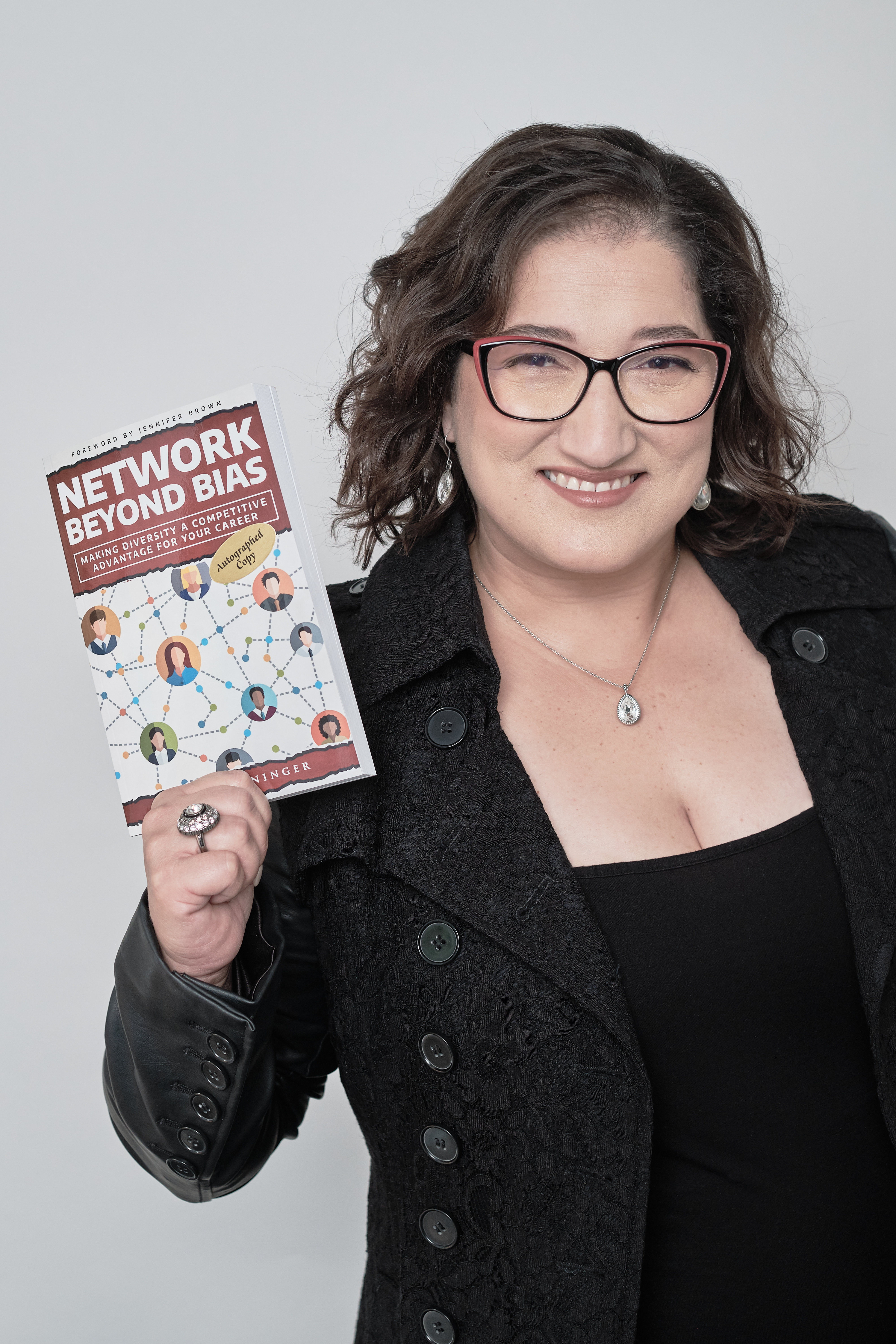Changes, especially at work, can be stressful. They come in a variety of forms: new computer systems, reorganizations, shifts in responsibilities, personnel turnover. We are very rarely the ones initiating the change. Rather, we are more likely to find ourselves constantly responding to a wide variety of changes, all at the same time! Therefore, it makes sense for us to spend time developing strategies to deal with this barrage.
Surviving change requires a change in mindset
Our reality is defined by our perceptions. Change creates a shift in our reality. We must be prepared to manage our own perceptions, or mindset, if we hope to survive — or even thrive in — change.
Carol S. Dweck’s Mindset: The new psychology of success: How we can learn to fulfill our potential lays out a brilliant distinction between opposing mindsets. Dweck tells us that a fixed mindset says “I am.” A growth mindset, on the other hand, says “I can.” When we adopt a growth mindset, we step away from a static notion of “what has been.” Instead, we move toward an ever-evolving concept of “what could be.” Having a growth mindset, then, allows us to continue accumulating skills and knowledge, pushing ourselves toward infinite possible futures.
I frequently cite Dweck’s work in my own talks on responding to change and creating a learning culture. Then I take my audiences one step further by asking each person to “Be a Yeti.”
 What do we know about the yeti?
What do we know about the yeti?
No one’s captured him …yet.
For that matter, no one has even proven his existence… yet.
The yeti is a great unknown. So is an ever-changing future. Can we harness the power of the yeti to create our own change-friendly mindset? I believe we can.
Be a yeti
We can be more like a yeti by learning to say “yet.” For example:
- “I don’t know how to use the new computer system … yet.”
- “Our new reporting structure hasn’t been announced … yet.”
- “I haven’t learned about my new responsibilities … yet.”
- “I don’t have my degree … yet.”
- Or even, “I haven’t found another job … yet.”
What being a yeti does for us
The word “yet” says — to ourselves and to others — that it’s not too late for us. “Yet” says there is a possibility of the future being better than the present. It empowers us to take action and to regain a little bit of control.
In a recent article, I explored the need for learning to get comfortable with change. The article cites a Deloitte report about CEOs’ views on change in their organizations. Specifically, the article states that “only 30% of CEOs believe their organizations have the skills to adapt.”
How would a yeti rephrase this statement? The yeti would say, “Seventy percent of CEOs don’t think their organizations have the skills to adapt … yet.” This distinction is important.
We need to be clear with our employers and each other that we can grow and learn and change and meet these challenges, even as things shift around us.
Even if we aren’t experts at dealing with change … yet.
 Amy C. Waninger works with organizations that want to build leadership bench strength from a diverse talent population. She is the author of numerous books, including "Network Beyond Bias: Making Diversity a Competitive Advantage for Your Career." Amy is a Certified Diversity Professional, a Professional Member of National Speakers Association, a Certified Virtual Presenter, and a Prosci Certified Change Practitioner. Her other credentials include two degrees from Indiana University and a "World’s Best Mom" coffee mug.
Amy C. Waninger works with organizations that want to build leadership bench strength from a diverse talent population. She is the author of numerous books, including "Network Beyond Bias: Making Diversity a Competitive Advantage for Your Career." Amy is a Certified Diversity Professional, a Professional Member of National Speakers Association, a Certified Virtual Presenter, and a Prosci Certified Change Practitioner. Her other credentials include two degrees from Indiana University and a "World’s Best Mom" coffee mug.

